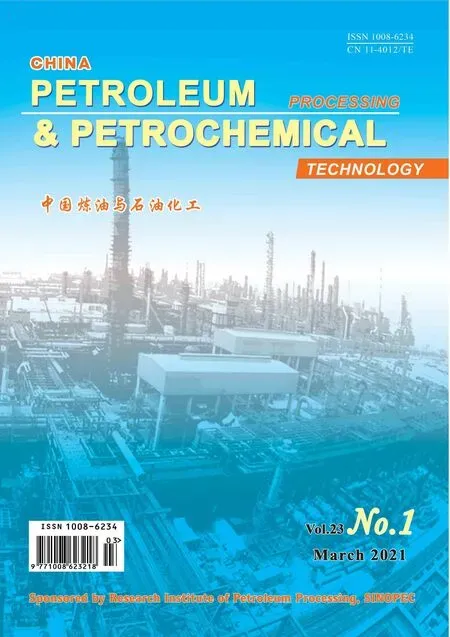Preparation and Rheological Properties of Vacuum Lubricating Grease
He Yifeng; Sun Hongwei; Liu Xinyang
(SINOPEC Research Institute of Petroleum Processing, Beijing 100083)
Abstract: A kind of vacuum lubricating grease was prepared by using perfluoropolyether as base oil, perfluorinated polymer as thickener, and self-made additives. The colloidal stability of the grease was greatly improved by introducing a colloidal structure modifier. The rheological properties of the self-made grease (SMG), such as viscosity versus time, thixotropy,etc., were studied by a rheometer at different temperatures and were compared with those of foreign brand grease (FBG).The results show that the performance of SMG reached the level of similar FBG, and some properties such as mechanical stability, colloidal stability, extreme pressure and antiwear properties were better. It can be used for long life lubrication of moving parts in a vacuum environment.
Key words: vacuum lubricating grease; perfluoropolyether; rheology; thixotropy
1 Introduction
The lubrication of moving parts on space devices mostly adopts solid lubrication due to the special environment.With the longer service life, higher speed and higher load of aerospace vehicle components, the demand for lubrication becomes higher. It is difficult for solid lubricants to meet the requirements, and so it is urgent to develop lubricating oils and greases with better lubricity and suitability for space environment.
There are two main types of space lubricating oils,viz.: mineral oil and synthetic oil. The commonly used synthetic oils include perfluoropolyether (PFPE), poly αolefin (PAO), multiply alkylated cyclopentane (MAC),silicon hydrocarbon (SiHC), silicone oil, polyether,polyester, polyphenylene ether, phosphate ester,chlorofluorocarbons, etc. The main characteristics of space grease based on mineral oil are good lubricity, poor low temperature performance and high saturated vapor pressure, which cannot be directly exposed to vacuum environment; while the main characteristics of space grease based on PFPE oil are good performance in a wide range of temperatures, low saturated vapor pressure,good versatility, and capability of working in vacuum environment. It has been widely used in various space devices and becomes an indispensable space lubricant[1-5].
Lubricating grease is a mixture composed of a lubricating base oil, a thickening agent, and additives. The thickening agent is a material that, in combination with the base oil,produces the solid to semifluid structure[6]. Lubricating grease is widely used for lubrication, protection and sealing. In spite of the fact that its output accounts for a small proportion in petroleum products, it has many varieties and is an indispensable important material for various departments of the national economy[7]. DuPont,Solvay, Castrol and other companies have grease products based on PFPE serving as the base oil and high molecular polymer such as polytetrafluoroethylene (PTFE) serving as the thickener, such as the DuPont Krytox 200 series,the Solvay Fomblin series, the Carstrol 600 series, etc.Some PFPE grease literature materials have been reported and most of them focus on tribological properties[3,8-15].Wang Jinqing, et al. reviewed the physical, chemical and tribological properties of PFPE oil and grease,and also discussed the preparation methods and application[11]. Ohno, et al. investigated the friction and wear properties of 600EF, 601EF and 602EF PFPE-based greases under boundary lubrication conditions[3]. Huo
Lixia, et al. studied the volatilization and tribological properties of PFPE-based grease, and the influence of inorganic fullerene like MoS2on the vacuum tribological properties[12-13]. Yang Jianqun, et al. reported the effect of plasma nitriding on the friction properties of PFPE lubricated 2Cr13 steel in vacuum environment, and the effect of electron irradiation on the tribological properties of PFPE grease in vacuum environment[8-9]. Lv Mei, et al. investigated the lubricating properties of two kinds of PFPE greases on polyimide surface under simulated space irradiation conditions[10]. Li Bao, et al. discussed the factors affecting the noise characteristics of PFPE bearing grease[15]. Li Qian, et al. reported a PFPE grease which improved the bearing temperature rise[14]. However, few literature reports involved the rheological properties of PFPE grease. Rheology is a science mainly used to study material deformation and flow in terms of stress, strain,shear rate, temperature, and time. Grease has typical double characteristics of elasticity and viscosity. The research on it belongs to rheology. The rheology of grease refers to the flow and deformation characteristics of grease under external force[4-7,16].
PFPE grease has excellent comprehensive properties. The study of its rheological properties is of great significance for practical application. More than sixty years ago, the Research Institute of Petroleum Processing first developed the fluorine-containing lubricating oils and greases in China. In the present work, self-made grease (SMG)was prepared and its properties, especially rheological properties, were studied by various analytical methods and were compared with those of foreign brand grease(FBG).
2 Experimental
2.1 Materials
PFPE base oil and perfluorinated polymer were commercially obtained. Multifunctional additives were self-made.
2.2 Main equipment for lubricating grease preparation
The main equipment for preparing lubricating grease includes a small grease preparation device (with adjustable speed, capable of being subject to stirring with scraper, and with automatic temperature control), balance,thermometer, and three-roll mill.
2.3 Instrument
Rheological measurements were performed with a Physical MCR 301 rotary rheometer (Anton Paar,Austria). The minimum torque, maximum torque, and torque resolution are 0.01 μN(yùn)m, 200 mNm, and 0.1 nNm,respectively. The frequency range is 10-7—628 rad/s. The normal force range covers 0.01—50 N. The temperature control accuracy can reach 0.01 °C.
2.4 Preparation of PFPE lubricating grease
Preparation of PFPE grease: a certain amount of base oil and perfluorinated polymer were mixed and heated to a certain temperature, then were stirred for a period of time and additives were added, and after a while the mixture was cooled down. The resultant grease was ground for three times with a three-roll mill to obtain the final sample.
3 Results and Discussion
3.1 Colloidal stability of lubricating grease
The grease prepared with PFPE acting as the base oil and perfluorinated polymer acting as the thickener is liable to separate oil during storage, which is very unfavorable to storage and use. The viscosity of base oil and the molecular weight and particle size of thickener polymer have a certain influence on colloidal stability[11,15]. Figures 1 and 2 show the typical molecular structure of PTFE and PFPE, respectively. Both PFPE and PTFE contain C-F bonds. The difference is that the main chain of PFPE contains C-O-C bonds in addition to C-C bonds, while the main chain of PTFE molecule only has C-C bonds.The overall structure of PFPE and PTFE is relatively similar. PTFE powder has affinity and can adsorb PFPE molecules and play the role of “solidifying” base oil. As the bulk density of PTFE is 2200 kg/m3, which is nearly by 20% higher than that of PFPE (1850 kg/m3), PTFE in the physical mixture will slowly subside under the action of gravity, resulting in the appearance of PFPE base oil to be markedly visible. The longer the time is, the more obvious the oil separation will be. Figure 3 shows the process scheme.

Figure 1 Scheme of typical structure of PTFE
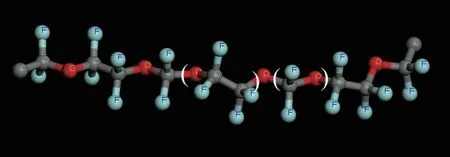
Figure 2 Scheme of typical structure of PFPE
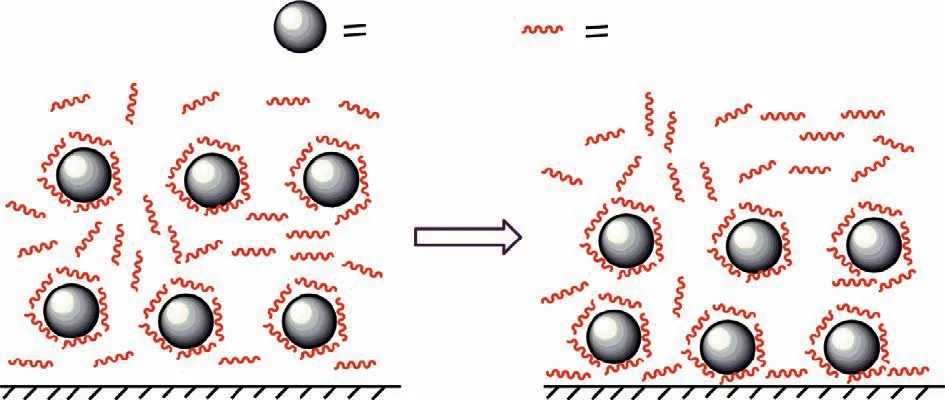
Figure 3 Scheme for oil separation of PFPE-PTFE binary system
In order to alleviate the oil separation, the density of base oil and thickener should be as close as possible, or some appropriate additives may be introduced to set up a threedimensional support network. When a small amount of colloidal structure improver is added, the grease can be stored at room temperature for 5 years without obvious oil separation. However, significant oil separation will appear when the grease without additives is stored only after 2—3 days. The possible mechanism is shown in Figure 4.
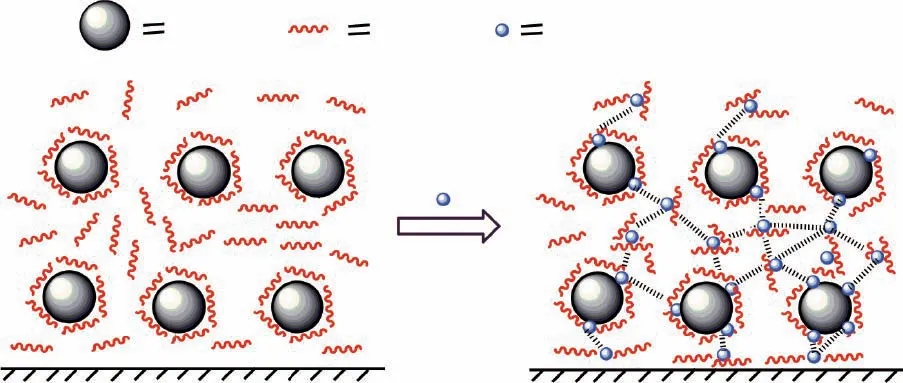
Figure 4 Scheme of mechanism of colloidal structure improver
Table 1 shows the dropping point, cone penetration and oil separation (Conical Sieve Method) results of grease with different content of the additive. The additive alone used as the thickener could also form grease, and the dropping point was high and the oil separation rate was small; with the increase of the addition amount, the 1/4 working cone penetration decreased along with an increase of dropping point, and the oil separation rate decreased, which indicated that the additive had certain thickening ability and could significantly improve the colloidal stability of grease, which also corroborated the above mechanism.Figure 5 further shows that the oil separation increases with the increase of time. In the first 30 hours, the addition of 0.50% and 1.00% of colloidal structure improver may improve the oil separation rate. After 30 hours, the oil separation rate has not been significantly improved or even deteriorated to a certain extent. Therefore, it is better to add 0.50%―1.00% colloidal structure modifier.

Table 1 Effect of different content of colloidal structure improver on properties of grease
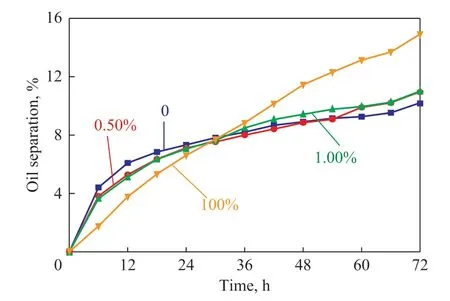
Figure 5 Variation of oil separation in grease with different content of colloidal structure modifier
3.2 Fundamental properties of samples
SMG prepared by adding the colloidal structure improver and the self-made multi-functional additive had excellent comprehensive performance, the properties of which reached the level of similar FBG, especially the extreme pressure and anti-wear performance was better than FBG. Furthermore SMG had better lubricity, evaporation loss and oxidation stability. Table 2 shows the typical data of SMG and FBG.Figure 6 shows the time-dependent curves of the friction coefficients of the two samples during the wear resistance test by four-ball method. In the first 670 s, the friction coefficient of SMG was close to that of FBG, then the friction coefficient of FBG increased slowly and tended to be stable; the friction coefficient of SMG decreased steadily with time. In the whole test process, the average friction coefficient of FBG was 0.1143, and that of SMG was 0.0981, which was obviously lower than that of foreign samples. SMG had better anti-wear properties than FBG.
3.3 Rheological curve under high shear speed
Lubricating grease is mainly used for lubrication of bearings. Bearings filled with grease are usually accelerated to a higher speed in a short time during startup, which may also involve changes from lowtemperature to high temperature. In order to explore the rheological change of lubricating grease during the actual operation process, a rheometer was employed to simulate the working condition of shear rate rising from 0.01 s-1to 4 000 s-1in a short time at different constant temperature.The curve for change of viscosity with shear time was obtained (Figure 7 and 8). From -30 °C to 60 °C, the viscosity of two samples decreased with the increase of shear time, and finally became stable. The initial viscosity of SMG was 27 200 Pa·s, which changed to 0.702 Pa·s after 7 200 s high-speed shear; the initial viscosity of FBG was 66 400 Pa·s, and its viscosity changed to 0.325 Pa·s after 7 200 s high-speed shear. The viscosity change of SMG was obviously less than that of FBG, which indicated that the mechanical stability of SMG was better at -30 °C.At the same time, SMG had a smaller apparent viscosity at-30 °C, which indicated that the workpiece lubricated with SMG had better low-temperature starting performance.
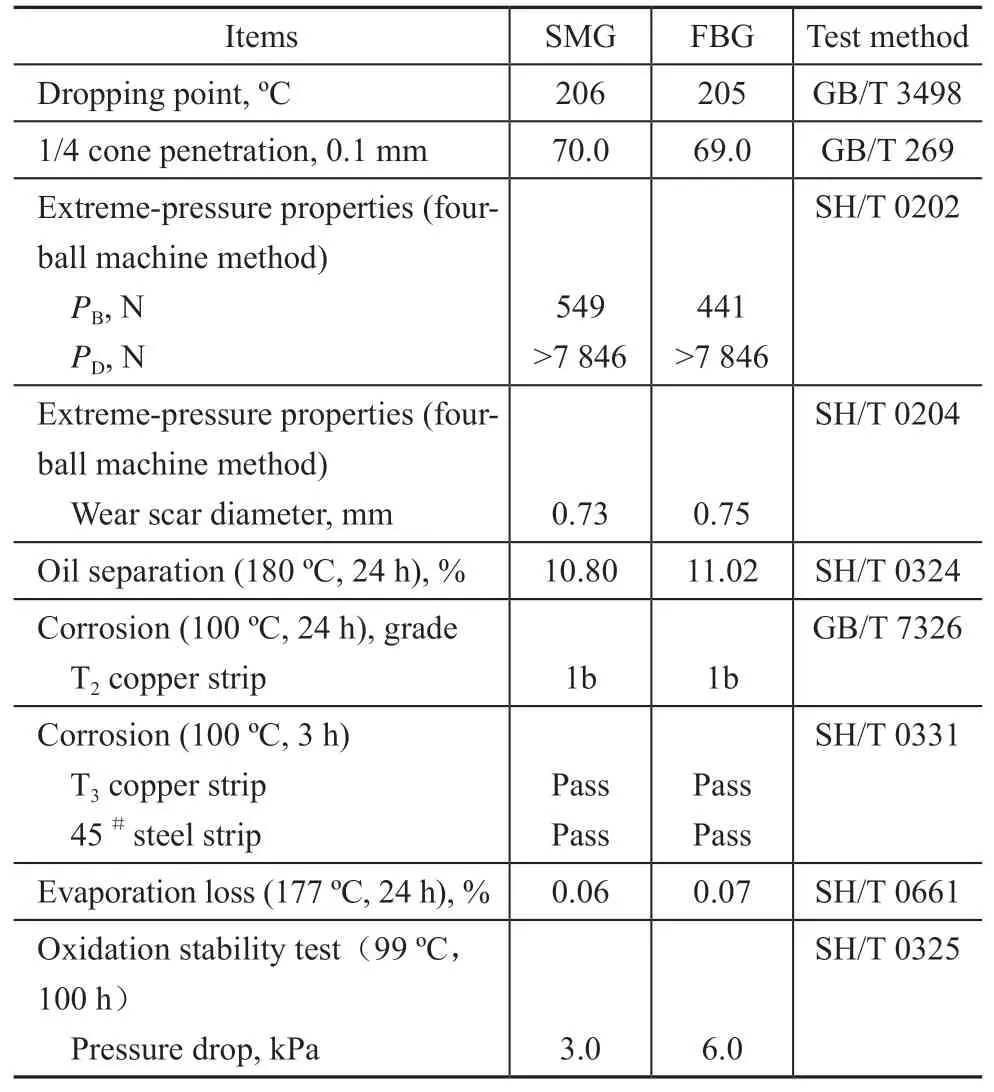
Table 2 Typical data of SMG and FBG
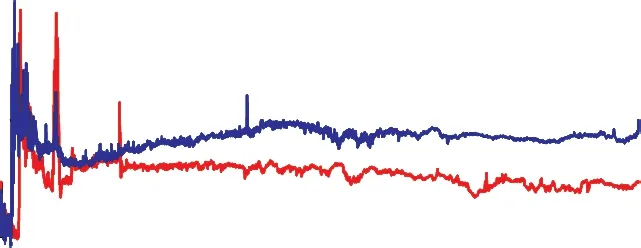
Figure 6 Friction coefficient curve with time for SMG and FBG
The initial viscosity of SMG at 60°C was 1 910 Pa·s,and its viscosity became 0.872 Pa·s after 7 200 s highspeed shear; the initial viscosity of FBG was 1 290 Pa·s,and its viscosity changed to 0.115 Pa·s after 7 200 s high-speed shear. The viscosity of SMG was stable under high-speed shear, while that of FBG presented a ladder pattern with burr, indicating that the viscosity was unstable. The results indicated that SMG had stronger structure retention ability and better structural stability,which could provide better lubrication protection and was conducive to prolonging the service life.
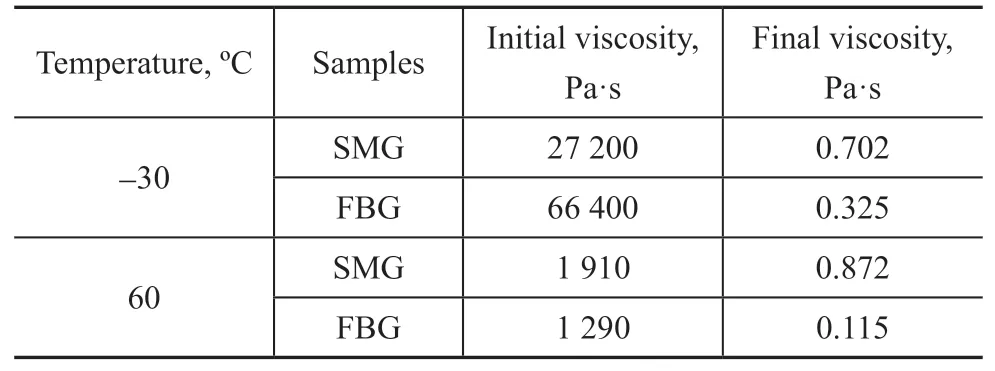
Table 3 Initial and final viscosity of samples working at different temperatures

Figure 7 Viscosity curves of samples under high speed shear at -30 °C
3.4 Thixotropic loop curve
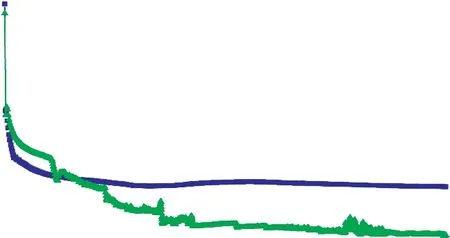
Figure 8 Viscosity curves of samples under high speed shear at 60 °C
Thixotropic loop curve can reflect the structure recovery ability of grease after working or shearing. The larger the area of thixotropic ring is, the worse the structure recovery ability after shearing is; otherwise, the smaller the area of thixotropic ring is, the stronger the structure recovery ability after shearing is. The ideal condition is that the structure is completely recovered after shearing,the viscosity is the same at the same shear rate, and the area enclosed is 0. At a constant temperature, the shear rate gradually increased from 0.1 s-1to 100 s-1. After a period of time at a shear rate of 100 s-1, it gradually decreased from 100 s-1to 0.1 s-1. The viscosity and shear stress of the samples were measured respectively.
Figure 9 shows that the apparent viscosity of both samples decreases with an increasing shear rate at -33 °C, and increases with a decreasing shear rate. The final viscosity of the two samples was greater than their initial viscosity,respectively. The initial viscosity and final viscosity of SMG were close to each other. The viscosity of FBG changed greatly, and the final viscosity was 2.4 times of the initial viscosity. The viscosity recovery ability of SMG was stronger. Figure 9 also shows that the initial and final viscosity values of SMG were lower than those of FBG,indicating that the starting resistance of SMG was smaller and had better low-temperature start-up performance.
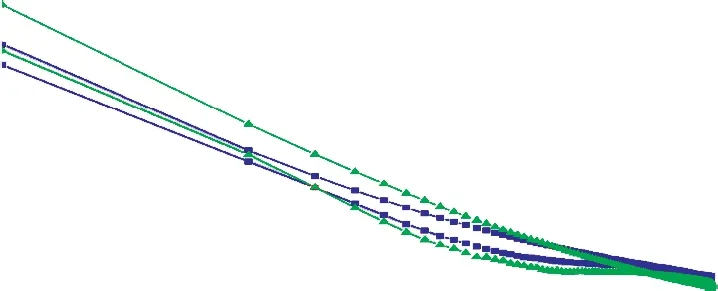
Figure 9 Thixotropic loop curves of two samples at -33 °C
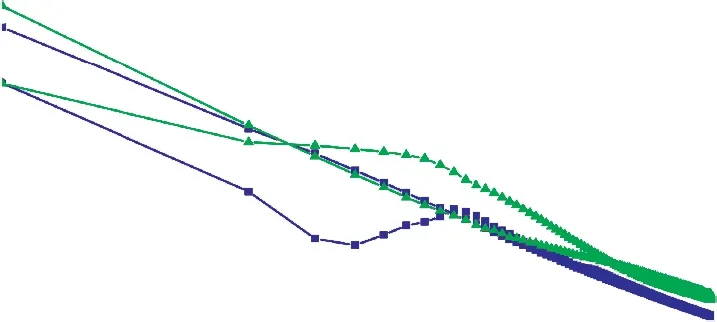
Figure 10 Thixotropic loop curves of two samples at 60 °C
Figure 10 shows that the overall trend is that the apparent viscosity of both samples decreases with an increasing shear rate, and increases with a decreasing shear rate at 60 °C. The initial and final viscosity values of FBG increased from 461 Pa·s to 2120 Pa·s, and the final viscosity was 4.6 times of the initial viscosity. At this temperature, the structure recovery ability of SMG was similar to that of FBG.

Figure 11 Thixotropic loop curves of two samples at 120 °C
The initial viscosity of SMG was 59.8 Pa·s at 120 °C. With an increase of shear rate, the apparent viscosity decreased to a minimum of 0.83 Pa·s at 7.16 s-1, and then continued to increase. The shear rate viscosity increased to 12 Pa·s and then decreased gradually. At 100 s-1, the viscosity remained almost unchanged after 500 s, then the shear rate decreased, and the viscosity increased to 520 Pa·s. The viscosity increased by 7.7 times after a cycle. The initial viscosity of the foreign sample was 160 Pa·s, and experienced two troughs in the process of change. The viscosity increased from 7.24 Pa·s to 10.8 Pa·s after 500 s shear at 100 s-1, then the shear rate decreased,and the viscosity increased to 3090 Pa·s at last. The viscosity increased by 18.3 times after a cycle.
Table 4 shows the thixotropic ring data of samples at different temperatures. The thixotropic ring area of SMG was only 39% of that of FBG at -33°C, which demonstrated its excellent structural stability. The thixotropic ring area of SMG was slightly larger than that of FBG at 60°C; the thixotropic ring area of FBG at 120°C was about 4 times that of SMG, which indicated that the structure stability of SMG was better. The thixotropic ring curve results measured at three temperatures from low temperature to high temperature show that SMG has better structural recovery ability and shear resistance, which is conducive to maintaining the structure of the gel and prolonging the service life.
4 Conclusions
A kind of vacuum lubricating grease was prepared with perfluoropolyether, perfluorinated polymer and selfmade additives. The density difference between base oil and thickener was an important reason for oil separation,and the addition of a colloidal structure improver could alleviate oil separation considerably.
The properties of SMG have reached the level of FBG.Some fundamental properties such as mechanical stability,colloidal stability, extreme pressure, and antiwear properties were better.
SMG showed better rheological properties. At different temperatures, SMG had stronger structure retention ability and smaller viscosity change under long-time high-speed shear;the thixotropic ring area of SMG was relatively smaller.

Table 4 Thixotropic ring data of two samples at different temperatures
On the whole, SMG had better structural recovery and shear resistance, which was conducive to maintaining the colloidal structure and prolonging the service life.
- 中國煉油與石油化工的其它文章
- Effects of Different Plant Hormones for Microbial Degradation of PASHs and Diesel under Aerobic Conditions
- Nitrogen Removal Performance of Denitrifying Ammonium Oxidation System in Treating Sulfamethoxazole-laden Secondary Wastewater Effluent
- Removal of Basic Nitrogen Compounds from Diesel Fraction with NMP-0.5ZnCl2 Coordinated Ionic Liquid
- Flow Characteristics of Crude Oil with High Water Fraction during Non-heating Gathering and Transportation
- Comparison and Analysis of Toluene Adsorption Properties of ZSM-5 Molecular Sieve Treated by Different Modification Methods: Adsorption Kinetic and Mechanism Studies
- Effects of Operating Conditions on the Catalytic Performance of HZSM-5 Zeolites in n-Pentane Cracking

